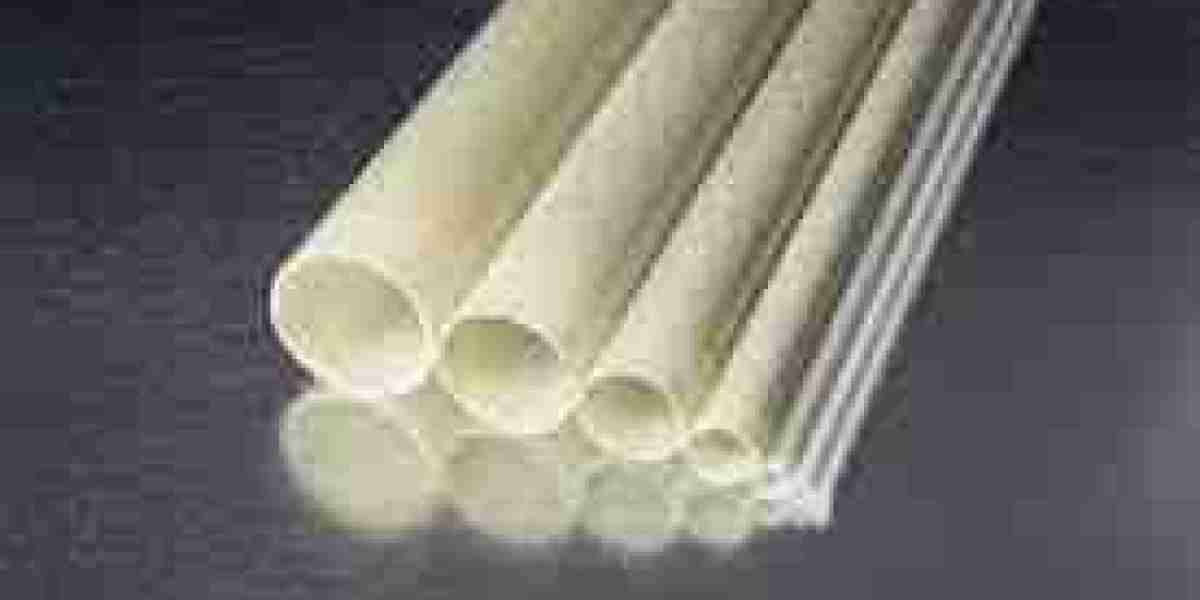When it comes to joining PVC pressure pipes, the importance of the right adhesive can’t be overstated. One of the most commonly used adhesives in this sector is PVC pressure pipework cement. Its unique formula ensures a strong, reliable seal that can withstand high levels of pressure, making it a preferred choice for many contractors, engineers, and DIY enthusiasts alike. This article dives into everything you need to know about PVC pressure pipework cement, from its properties and applications to the correct application process, to give you a comprehensive understanding of its benefits and usage.
What is PVC Pressure Pipework Cement?
PVC pressure pipework cement is a specialised adhesive used for bonding PVC pipes and fittings in pressurised systems. Unlike ordinary adhesives, PVC cement actually melts the surface of the pipe and fitting, creating a weld-like bond when it hardens. This chemical process is known as solvent welding and ensures a leak-proof seal that can withstand pressure and various environmental factors.
Properties of PVC Pressure Pipework Cement
PVC pressure pipework cement is formulated to deliver unique properties that make it suitable for use in high-pressure applications. High bond strength, due to its solvent welding properties, provides a bond that is as strong as the pipe material itself. It is also water-resistant; once cured, the cement is resistant to water, ensuring durability and reliability even in plumbing and irrigation applications. Its temperature and pressure resistance, specially formulated for high-pressure systems, can withstand significant temperature variations, making it a versatile choice. PVC pressure pipework cement also has a quick curing time, enabling rapid installation and reducing downtime in projects.
These properties make PVC cement a popular choice for a wide range of applications, from plumbing and irrigation to industrial uses where pressure resistance is key.
Types of PVC Pressure Pipework Cement
PVC pressure pipework cement comes in different formulations depending on the specific needs of the project. Regular body cement is ideal for small-diameter pipes (up to 2 inches). It’s easier to handle and dries quickly, making it suitable for projects where time is a factor. Medium body cement is a versatile choice, often used for pipe diameters up to 6 inches. It offers good bond strength and is suitable for both cold and warm environments. Heavy body cement is designed for larger pipes (up to 12 inches or more). With a thicker consistency, it provides an exceptionally strong bond, ideal for high-pressure applications. Speciality formulas are also available, such as those requiring UV resistance or low VOC (volatile organic compound) content, to meet environmental and project-specific needs.
Applications of PVC Pressure Pipework Cement
PVC pressure pipework cement is highly versatile, making it suitable for various pressurised systems. In plumbing, it’s used in both residential and commercial installations for pressurised water supply systems, delivering reliable seals that prevent leaks. In irrigation, it joins pipes and fittings in agricultural and landscape irrigation systems, where strong bonds ensure an uninterrupted flow of water. Industrial systems also benefit from PVC cement’s high-pressure tolerance, especially in systems transporting fluids or gases in manufacturing and processing facilities. In HVAC (heating, ventilation, and air conditioning) applications, PVC cement is used to assemble pipes in air and water handling systems, offering durability in various temperatures and pressure conditions. Additionally, its chemical resistance and strong bond make it suitable for specialised applications in chemical processing or wastewater management, where leaks could lead to contamination.
How to Apply PVC Pressure Pipework Cement
Using PVC pressure pipework cement correctly is essential to ensure a strong, leak-proof bond. First, ensure the pipe and fitting are clean and dry by wiping them with a clean, dry cloth to remove any dirt, grease, or moisture. For the best results, apply a PVC primer to both the pipe’s outer surface and the fitting’s inner surface. Priming prepares the surfaces by softening the PVC, allowing the cement to bond more effectively. Next, apply a uniform layer of PVC pressure pipework cement to both primed surfaces. The application should be even to avoid weak spots. Quickly press the pipe into the fitting, giving it a quarter-turn to distribute the cement evenly. Hold the assembly firmly for 30 seconds to allow the initial bond to form. After bonding, let the joint cure for at least 15 minutes for small-diameter pipes and up to two hours for larger pipes before pressurising the system. Full curing times can vary based on the specific product, so it’s always best to check the manufacturer’s recommendations.
Factors to Consider When Choosing PVC Pressure Pipework Cement
Selecting the right PVC pressure pipework cement for your project involves a few considerations to ensure the best results. Pipe diameter is essential since different cements are formulated for specific pipe sizes. For example, regular body cement works well for small pipes, while heavy body cement is necessary for larger diameters. Application environment matters, too; if your project is outdoors, you might want a cement with UV resistance, and for indoor projects, a low-VOC formula may be beneficial. Drying time varies by product, so consider how quickly the joint needs to be pressurised. For fast-track projects, choose a fast-setting cement, while in projects where you have more time, a standard setting product may suffice. Additionally, always check the pressure rating of the cement, ensuring it aligns with your system’s pressure requirements to avoid potential leaks or damage.
Advantages of Using PVC Pressure Pipework Cement
PVC pressure pipework cement offers several benefits over other bonding methods. Its strong bond strength ensures a connection that is as durable as the pipe material itself, minimising leaks and maintenance needs. Its versatility makes it suitable for a wide range of applications, from domestic plumbing to high-pressure industrial uses. Additionally, the solvent welding process creates a seamless joint, resulting in a smooth internal surface that promotes efficient fluid flow and reduces the risk of clogs. The fast-setting property of PVC cement shortens installation time, making it an ideal choice for professionals working on tight schedules. Moreover, PVC cement is cost-effective, as it eliminates the need for complex joining equipment and reduces labour costs due to its easy application.
Safety Tips When Using PVC Pressure Pipework Cement
Working with PVC pressure pipework cement requires attention to safety. The product contains solvents that release fumes, so always work in a well-ventilated area or use a respirator mask if ventilation is limited. Protective gloves and eyewear are recommended, as direct contact with the cement can cause skin and eye irritation. Keep the cement away from open flames and avoid smoking, as it is highly flammable. Finally, store the cement in a cool, dry place away from direct sunlight to prevent it from deteriorating or becoming a fire hazard.
Troubleshooting Common Issues
Improper application can lead to issues with PVC pressure pipework cement. If a joint leaks, it may be due to insufficient cement application or uneven coverage. To avoid this, ensure a uniform layer of cement on both the pipe and fitting before joining. If the cement doesn’t seem to bond, it may be that the surfaces weren’t adequately primed or were contaminated with grease or moisture. Always clean and prime the surfaces thoroughly before applying the cement. Additionally, if the cement dries too quickly during application, work in a cooler environment or select a cement with a longer working time.
Environmental Considerations
As environmental awareness grows, many manufacturers now offer PVC pressure pipework cement with low-VOC formulations to reduce emissions during application. Low-VOC cements are ideal for indoor projects, particularly in poorly ventilated areas. Additionally, some cements are available with eco-friendly certifications, ensuring they meet specific environmental standards.
Conclusion
PVC pressure pipework cement is a vital component in creating reliable, high-pressure PVC pipe systems. Its unique properties, including solvent welding for a strong bond, temperature and pressure resistance, and water resistance, make it suitable for diverse applications in plumbing, irrigation, HVAC, and industry. By choosing the right type of PVC cement, following the correct application method, and taking necessary safety precautions, you can achieve a durable, leak-proof connection that lasts. Whether you’re working on a small-scale project or a large industrial installation, PVC pressure pipework cement ensures efficient, reliable results that stand up to pressure and environmental demands.







